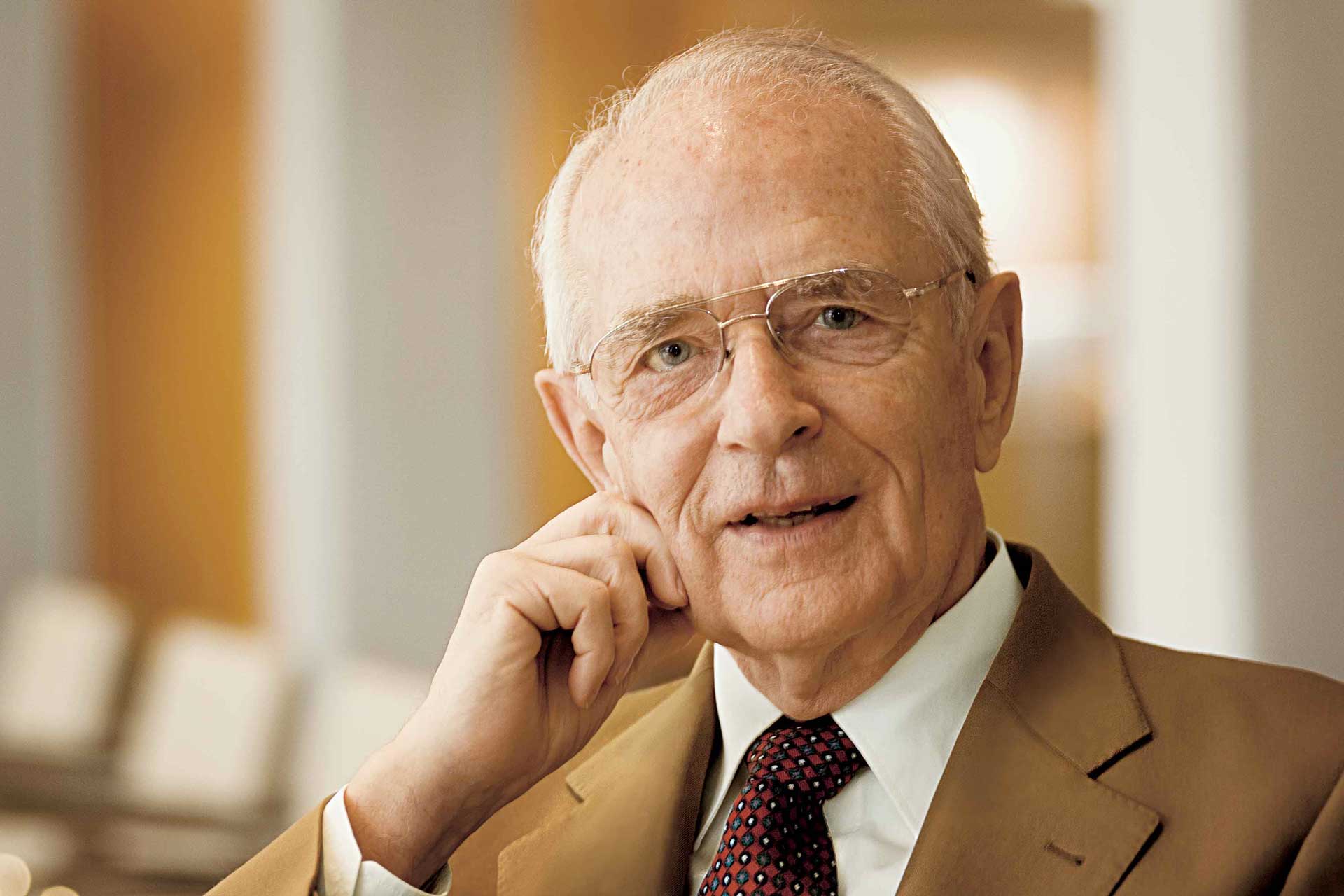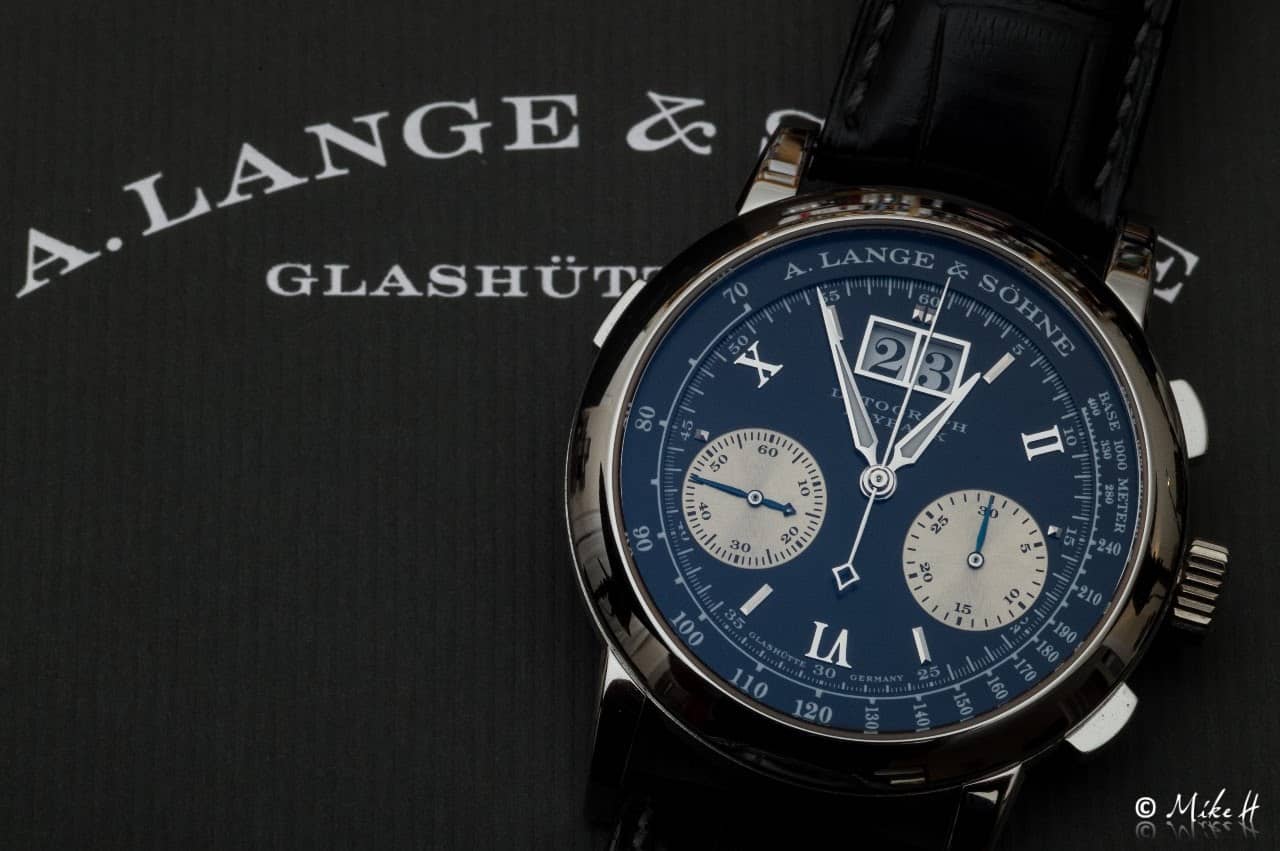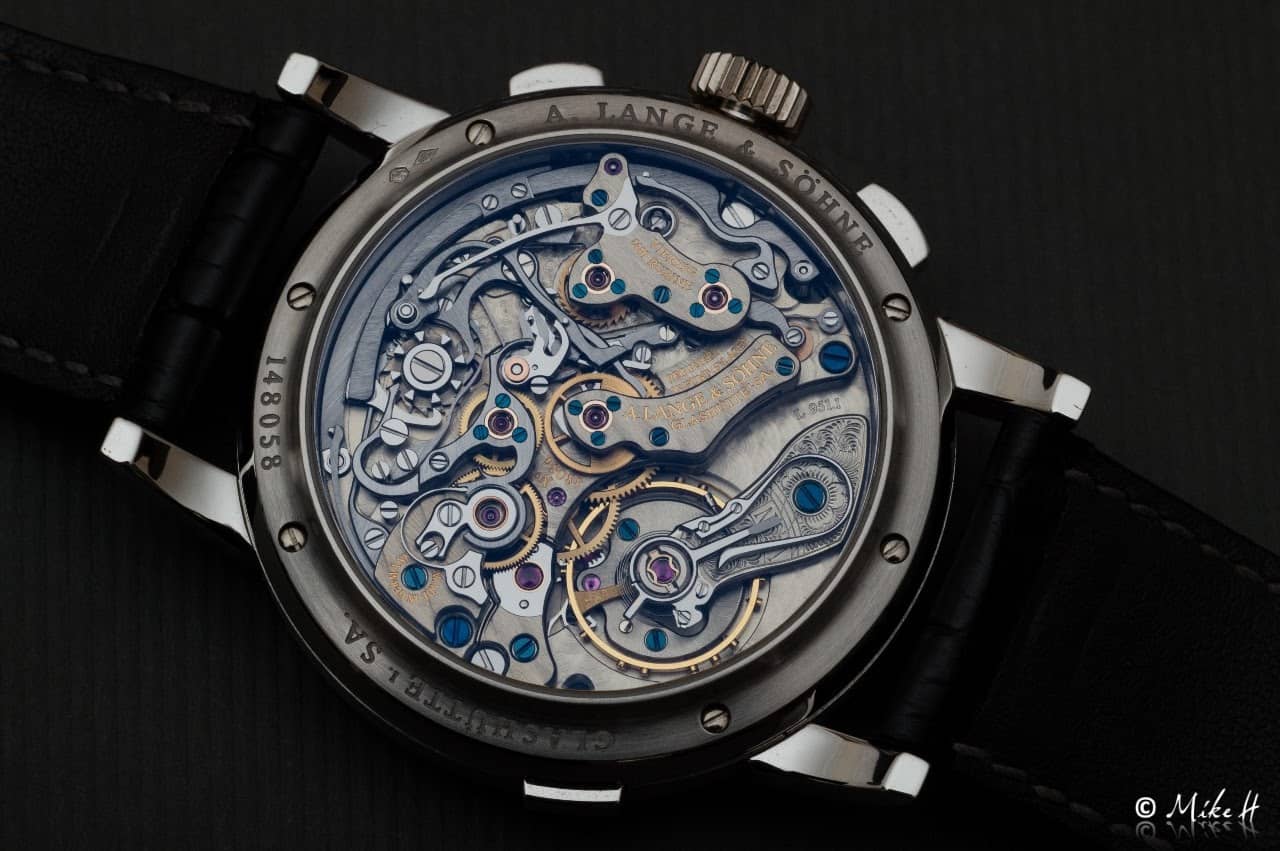It’s nearly twenty years old. Still most watch lovers consider the Datograph to be the ultimate mechanical chronograph. Why is that? With the unveiling of the impossibly cool Datograph Lumen Up/Down last week, we decided to investigate this icon further. What we found was both surprising and inspiring. This is more than just a watch. It’s a story of war, expropriation, perseverance, innovation and incredible patience. This is the story of the A. Lange & Söhne Datograph.
A (Very) Brief Early History Of A. Lange & Söhne
A. Lange & Söhne is considered to be the maker of some of the finest mechanical watches in the world. Yet, to the wider public, the brand remains relatively unknown. They don’t have one model, like the Patek Philippe Ref 5711, that everybody’s heard of. That doesn’t mean the company’s history is any less interesting though. In fact, it’s quite the opposite.
In 1845, Ferdinand Adolph Lange opened his workshop in Glashütte. His business was making precision watches. His son Richard joined the business in 1868 and it became A. Lange & Söhne. Richard’s younger brother, Emil, joined them in 1871. The two brothers would take over the manufactory in 1875, following the death of their father. Richard was a talented watchmaker, whilst Emil was the business mind. The manufactory’s success was all but confirmed.
- The late, great Walter Lange.
For the next several decades A. Lange & Söhne concentrated on pocket watches. The company’s reputation for technical complexity and aesthetic beauty soon grew. It was regularly commissioned to make exquisite pieces for royalty and other dignitaries. At the same time, Richard Lange made notable contributions to the advancement of the art of watchmaking. For example, he is credited with being the creator of what is today known as the Nivarox® Hairspring.
In 1941, Walter Lange, the great-grandson of Ferdinand, began his studies in watchmaking in Austria. He planned to join the family business on completion. Then World War II broke out, followed by the Soviet occupation. In 1948, the East German state took possession of the company. Consequently, Walter Lange had to flee the country to avoid forced labour camps. Forty years would pass before he could begin to restore his family’s legacy.
The Triumphant Return
In 1989, the Berlin Wall came down and Germany began the process of reunification. Walter Lange immediately saw the opportunity to re-establish the family business. In 1990 he began working in earnest with the help of watch industry legend Günter Blümlein. By 1994, the re-established A. Lange & Söhne was ready to launch its first four models. The LANGE 1, SAXONIA, ARKADE and TOURBILLON “Pour le Mérite” timepieces were instant hits. All 123 examples sold within minutes.
This set the tone for future models and made it clear from the outset that A. Lange & Söhne did not compromise. Still, no one could predict what would come next.
The A. Lange & Söhne Datograph Ref 403.035
Unveiled in 1999, the A. Lange & Söhne Datograph Ref 403.035 has left an indelible mark on mechanical watchmaking. It was a game-changer that put the Swiss watchmaking world on notice. Equipped with an innovative in-house chronograph, it was unlike anything the market had seen before. Suddenly purist collectors were paying a lot more attention to this small German watch manufacturer.
- A 1st Gen example of the Datograph – Credit Mike H, WatchProSite
To appreciate why the Datograph had such an impact, some context is needed. Consider that A. Lange & Söhne had only just emerged from one of the darkest moments in world history. Against impossible odds they had introduced their first four models to rave review. A mere five years later, they produced one of the most beautiful and complicated chronograph movements seen in the last 25 years. Entirely in-house.
This was unheard of at the time. The other major players – Patek, Vacheron and AP – did not produce their own chronograph movements. The standard practice instead was to use outsourced movements. These were then modified in-house. For example, the Patek Philippe Ref 5070 used a heavily-modified Lemania-based movement. This is because chronographs are one of the most complex movements to manufacture and assemble. They’re also amongst the most expensive.
It seems no one told that to Walter Lange and Günter Blümlein though. The Datograph they designed and manufactured took this complexity to a whole new level.
- A 1st Gen example of the Datograph – Credit Mike H, WatchProSite
For a start, it’s beautiful. Simple yet sophisticated. The balanced dial layout is now the stuff of legend. Hours and minutes are displayed centrally along with chronograph seconds. Running seconds and elapsed chronograph minutes appear on reverse panda sub-dials at 8 and 4 o’clock. These sub dials have been lowered to balance the date windows at 12 o’clock. If you draw an imaginary line with your mind’s eye, you will see that the three displays form an equilateral triangle.
The applied hour markers are fashioned from white gold and framed by a painted white tachymeter scale. The rhodiumed gold hour and minute alpha hands are treated with Super-LumiNova ensuring the Datograph is legible at night. The 39mm case, in platinum, is flawless. The main event however takes place on the reverse side of the watch.
Calibre L951.1
Powering the Datograph is the intimidating Calibre L951.1. Comprised of 405 components, it is nothing short of a masterpiece. Incorporated within its impressive architecture is a fly-back chronograph equipped with precisely jumping minutes counter. The latter is a patented invention developed by Lange which made its debut on the Datograph. After 60 seconds have elapsed, the minute counter jumps forward exactly one graduation. Lange’s iconic quick-set outsized date complication is also present.
Every part of the L951.1 calibre is hand finished. Each lever bevelled and straight grain polished. The balance cock hand-engraved. Each screw head, the swan’s neck regulator, the plate over the escape wheel, and the caps of each chronograph wheel column black polished. The bridges and buried composite of plates, adorned with Glashütte ribbing, are made from untreated German silver. Of the 40 jewels used to reduce mechanical friction to a minimum, four are set in gold chatons.
- The business end of a 1st Gen Datograph – Image credit: Mike H, WatchProSite
This isn’t just an in-house chronograph movement. This is the in-house chronograph movement by which all future comers are judged. The A. Lange & Söhne Datograph Ref 403.035 created a trend towards in-house chronograph movements. The only problem is it set the bar so impossibly high that very few, if any, have come close to reaching it. Let alone surpassing it.
Several variations of the Datograh are still available in the current catalogue. The closest to the original is probably the updated Datograph Up/Down. All are worthy of your attention and praise.
For more information visit www.alange-soehne.com



